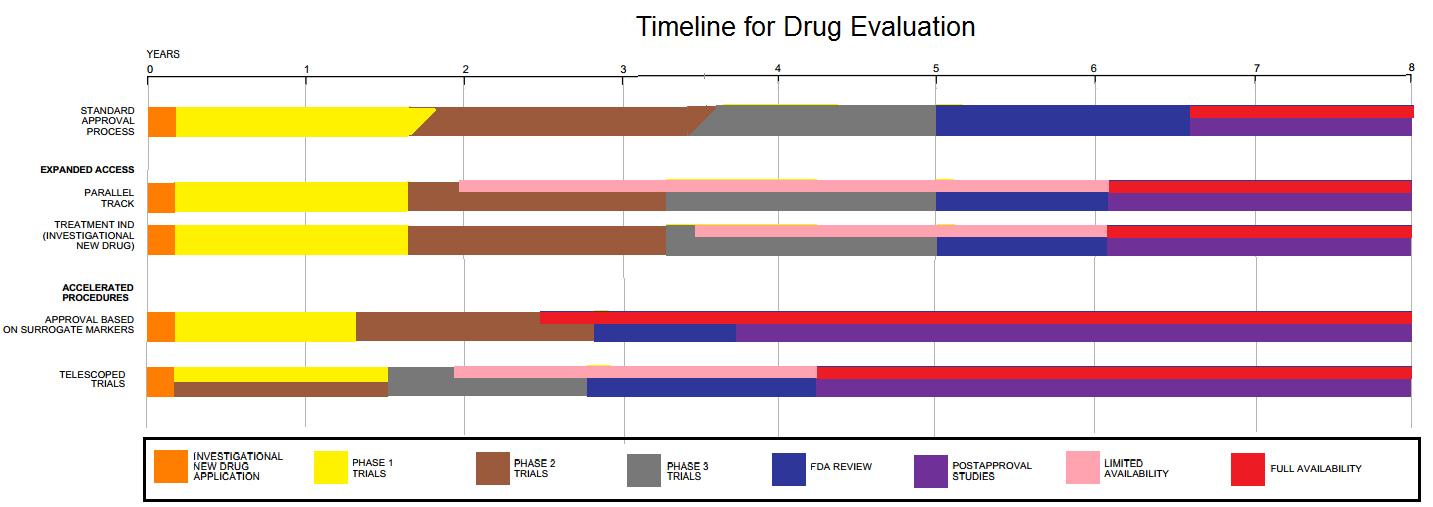|
Tirabrutinib
Tirabrutinib (brand name Velexbru) is a drug used for the treatment of autoimmune disorders and hematological malignancies. Tirabrutinib was approved in March 2020 in Japan for the treatment of recurrent or refractory primary central nervous system lymphoma. In addition, tirabrutinib is in clinical development by Ono Pharmaceutical and Gilead Sciences in the United States, Europe, and Japan for autoimmune disorders, chronic lymphocytic leukemia, B cell lymphoma, Sjogren's syndrome, pemphigus, and rheumatoid arthritis. Tirabrutinib is an irreversible inhibitor of Bruton's tyrosine kinase Bruton's tyrosine kinase (abbreviated Btk or BTK), also known as tyrosine-protein kinase BTK, is a tyrosine kinase that is encoded by the ''BTK'' gene in humans. BTK plays a crucial role in B cell development. Structure BTK contains five di .... References {{Targeted cancer therapeutic agents Drugs acting on the cardiovascular system Purines Pyrrolidines Phenol ethers ... [...More Info...] [...Related Items...] OR: [Wikipedia] [Google] [Baidu] |
Bruton's Tyrosine Kinase
Bruton's tyrosine kinase (abbreviated Btk or BTK), also known as tyrosine-protein kinase BTK, is a tyrosine kinase that is encoded by the ''BTK'' gene in humans. BTK plays a crucial role in B cell development. Structure BTK contains five different protein interaction domains. These domains include an amino terminal pleckstrin homology (PH) domain, a proline-rich TEC homology (TH) domain, SRC homology (SH) domains SH2 and SH3, as well as a protein kinase domain with tyrosine phosphorylation activity. Part of the TH domain is folded against the PH domain while the rest is intrinsically disordered. Function BTK plays a crucial role in B cell development as it is required for transmitting signals from the pre-B cell receptor that forms after successful immunoglobulin heavy chain rearrangement. It also has a role in mast cell activation through the high-affinity IgE receptor. BTK contains a PH domain that binds phosphatidylinositol (3,4,5)-trisphosphate (PIP3). PIP3 b ... [...More Info...] [...Related Items...] OR: [Wikipedia] [Google] [Baidu] |
Clinical Development
Drug development is the process of bringing a new pharmaceutical drug to the market once a lead compound has been identified through the process of drug discovery. It includes preclinical research on microorganisms and animals, filing for regulatory status, such as via the United States Food and Drug Administration for an investigational new drug to initiate clinical trials on humans, and may include the step of obtaining regulatory approval with a new drug application to market the drug. The entire process—from concept through preclinical testing in the laboratory to clinical trial development, including Phase I–III trials—to approved vaccine or drug typically takes more than a decade. New chemical entity development Broadly, the process of drug development can be divided into preclinical and clinical work. Pre-clinical New chemical entities (NCEs, also known as new molecular entities or NMEs) are compounds that emerge from the process of drug discovery. These have ... [...More Info...] [...Related Items...] OR: [Wikipedia] [Google] [Baidu] |
Ono Pharmaceutical
is one of the largest pharmaceutical companies in Japan. It is headquartered in Chuo-ku, Osaka, Japan, with its major plants in Higashinari-ku, Osaka, and Fujinomiya, Shizuoka., and its central research institute at Minase, Shimamoto-cho, Mishima District, Osaka. Ono Pharmaceutical's roots go back to 1717 when Ichibei Ono () started his dealer business of pharmaceuticals in Osaka. His business expanded and changed its name a few times, and became Ono Pharmaceutical Industrial Co., Ltd. () in 1948. Ono has been listed in Tokyo Stock Exchange since 1963. Its consolidated earnings in the half year ending in March 2018 were 16 billion Japanese yen. Nivolumab, the cancer drug based on the research of Prof. Dr. Tasuku Honjo of Kyoto University, who received the Nobel Prize later in 2018, is marketed by both Ono Pharmaceutical and Bristol-Myers Squibb. In 2024, Harvard University and Ono Pharmaceutical (ONO) entered into a joint research and drug development agreement. Under ... [...More Info...] [...Related Items...] OR: [Wikipedia] [Google] [Baidu] |
Gilead Sciences
Gilead Sciences, Inc. () is an American biopharmaceutical company headquartered in Foster City, California, that focuses on researching and developing antiviral drugs used in the treatment of HIV/AIDS, hepatitis B, hepatitis C, influenza, and COVID-19, including ledipasvir/sofosbuvir and sofosbuvir. Gilead is a member of the Nasdaq-100 and the S&P 100. Gilead was founded in 1987 under the name Oligogen by Michael L. Riordan. The original name was a reference to oligonucleotides, small strands of DNA used to target genetic sequences. Gilead held its initial public offering in 1992, and successfully developed drugs like Tamiflu and Vistide that decade. In the 2000s, Gilead received approval for drugs including Viread and Hepsera, among others. It began evolving from a biotechnology company into a pharmaceutical company, acquiring several subsidiaries, though it still relied heavily on contracting to manufacture its drugs. The company continued its growth in the 2010s. Howev ... [...More Info...] [...Related Items...] OR: [Wikipedia] [Google] [Baidu] |
Irreversible Inhibitor
An enzyme inhibitor is a molecule that binds to an enzyme and blocks its activity. Enzymes are proteins that speed up chemical reactions necessary for life, in which substrate molecules are converted into products. An enzyme facilitates a specific chemical reaction by binding the substrate to its active site, a specialized area on the enzyme that accelerates the most difficult step of the reaction. An enzyme inhibitor stops ("inhibits") this process, either by binding to the enzyme's active site (thus preventing the substrate itself from binding) or by binding to another site on the enzyme such that the enzyme's catalysis of the reaction is blocked. Enzyme inhibitors may bind reversibly or irreversibly. Irreversible inhibitors form a chemical bond with the enzyme such that the enzyme is inhibited until the chemical bond is broken. By contrast, reversible inhibitors bind non-covalently and may spontaneously leave the enzyme, allowing the enzyme to resume its function. Re ... [...More Info...] [...Related Items...] OR: [Wikipedia] [Google] [Baidu] |
Enzyme Inhibitor
An enzyme inhibitor is a molecule that binds to an enzyme and blocks its Enzyme activity, activity. Enzymes are proteins that speed up chemical reactions necessary for life, in which Substrate (biochemistry), substrate molecules are converted into Product (chemistry), products. An enzyme Enzyme catalysis, facilitates a specific chemical reaction by binding the substrate to its active site, a specialized area on the enzyme that accelerates the Rate-determining step, most difficult step of the reaction. An enzyme inhibitor stops ("inhibits") this process, either by binding to the enzyme's active site (thus preventing the substrate itself from binding) or by binding to another site on the enzyme such that the enzyme's catalysis of the reaction is blocked. Enzyme inhibitors may bind Reversible reaction, reversibly or irreversibly. Irreversible inhibitors form a Covalent bond, chemical bond with the enzyme such that the enzyme is inhibited until the chemical bond is broken. By cont ... [...More Info...] [...Related Items...] OR: [Wikipedia] [Google] [Baidu] |
Drugs Acting On The Cardiovascular System
A drug is any chemical substance other than a nutrient or an essential dietary ingredient, which, when administered to a living organism, produces a biological effect. Consumption of drugs can be via inhalation, injection, smoking, ingestion, absorption via a patch on the skin, suppository, or dissolution under the tongue. In pharmacology, a drug is a chemical substance, typically of known structure, which, when administered to a living organism, produces a biological effect. A pharmaceutical drug, also called a medication or medicine, is a chemical substance used to treat, cure, prevent, or diagnose a disease or to promote well-being. Traditionally drugs were obtained through extraction from medicinal plants, but more recently also by organic synthesis. Pharmaceutical drugs may be used for a limited duration, or on a regular basis for chronic disorders. Classification Pharmaceutical drugs are often classified into drug classes—groups of related drugs that have simila ... [...More Info...] [...Related Items...] OR: [Wikipedia] [Google] [Baidu] |
Purines
Purine is a heterocyclic compound, heterocyclic aromatic organic compound that consists of two rings (pyrimidine and imidazole) fused together. It is water-soluble. Purine also gives its name to the wider class of molecules, purines, which include substituted purines and their tautomers. They are the most widely occurring nitrogen-containing heterocycles in nature. Dietary sources Purines are found in high concentration in meat and meat products, especially internal organs, such as liver and kidney, and in various seafoods, high-fructose beverages, alcohol, and yeast products. Examples of high-purine food sources include Anchovies as food, anchovies, Sardines as food, sardines, liver, beef, kidneys, Brain as food, brains, Lophius, monkfish, dried mackerel, and shrimp. Foods particularly rich in hypoxanthine, adenine, and guanine lead to higher blood levels of uric acid. Foods having more than 200 mg of hypoxanthine per 100 g, particularly animal and fish meats containing hy ... [...More Info...] [...Related Items...] OR: [Wikipedia] [Google] [Baidu] |
Pyrrolidines
Pyrrolidine, also known as tetrahydropyrrole, is an organic compound with the molecular formula (CH2)4NH. It is a cyclic secondary amine, also classified as a saturated heterocycle. It is a colourless liquid that is miscible with water and most organic solvents. It has a characteristic odor that has been described as "ammoniacal, fishy, shellfish-like". In addition to pyrrolidine itself, many substituted pyrrolidines are known. Production and synthesis Industrial production Pyrrolidine is prepared industrially by the reaction of 1,4-butanediol and ammonia at a temperature of 165–200 °C and a pressure of 17–21 MPa in the presence of a cobalt- and nickel oxide catalyst, which is supported on alumina. : The reaction is carried out in the liquid phase in a continuous tube- or tube bundle reactor, which is operated in the cycle gas method. The catalyst is arranged as a fixed-bed and the conversion is carried out in the downflow mode. The product is obtained after m ... [...More Info...] [...Related Items...] OR: [Wikipedia] [Google] [Baidu] |



